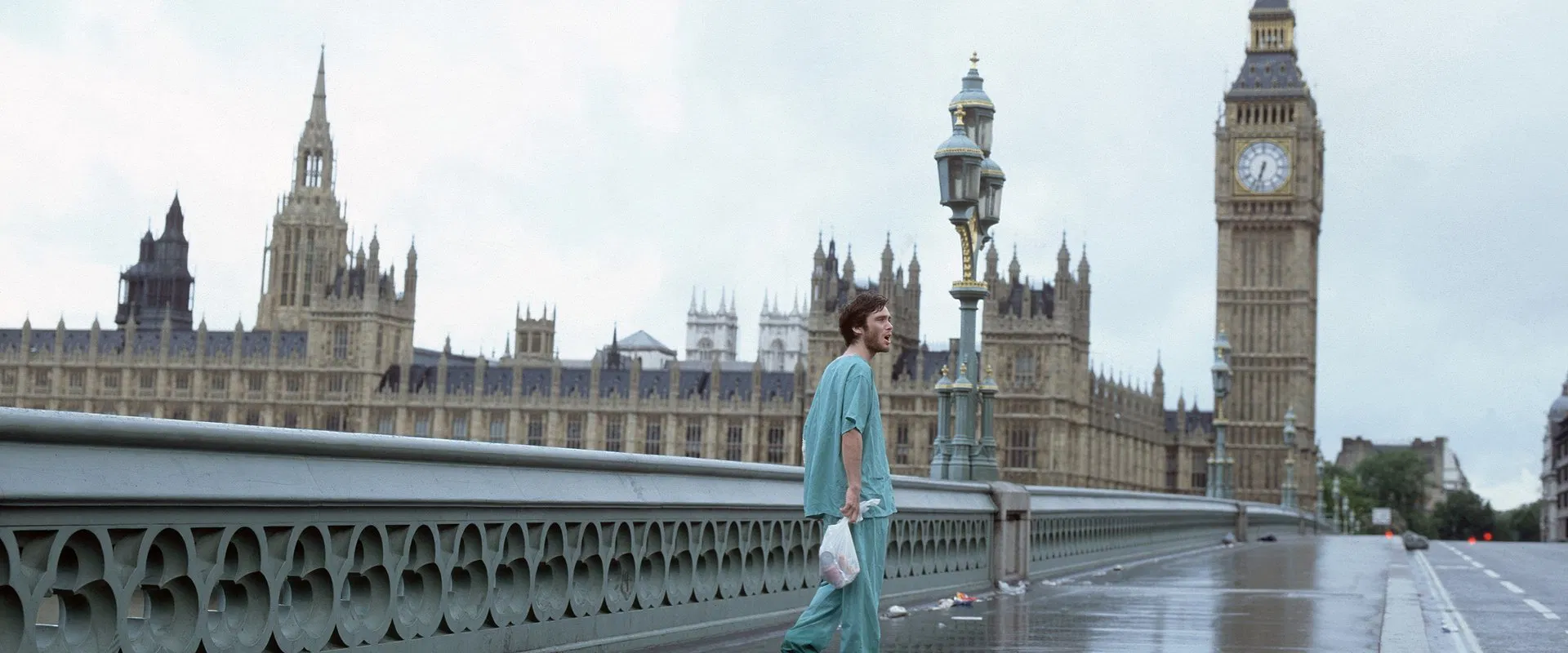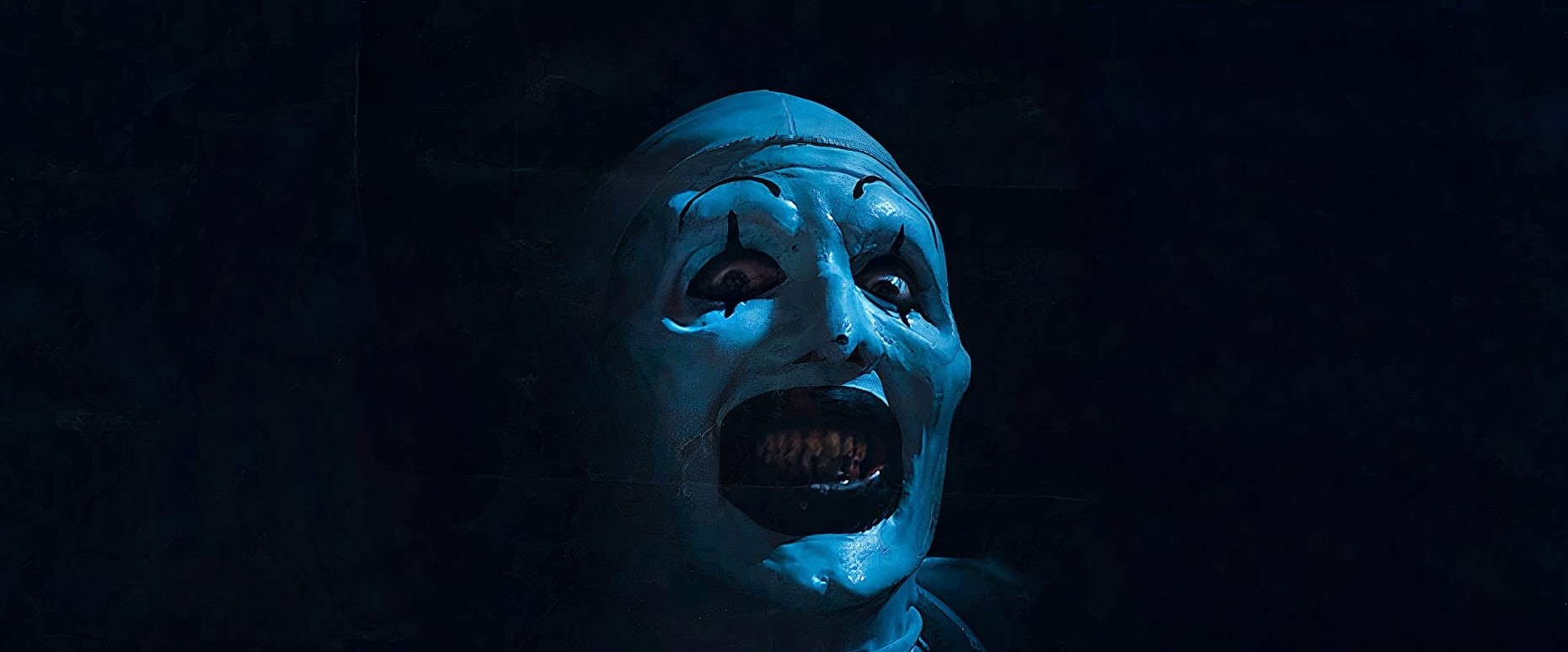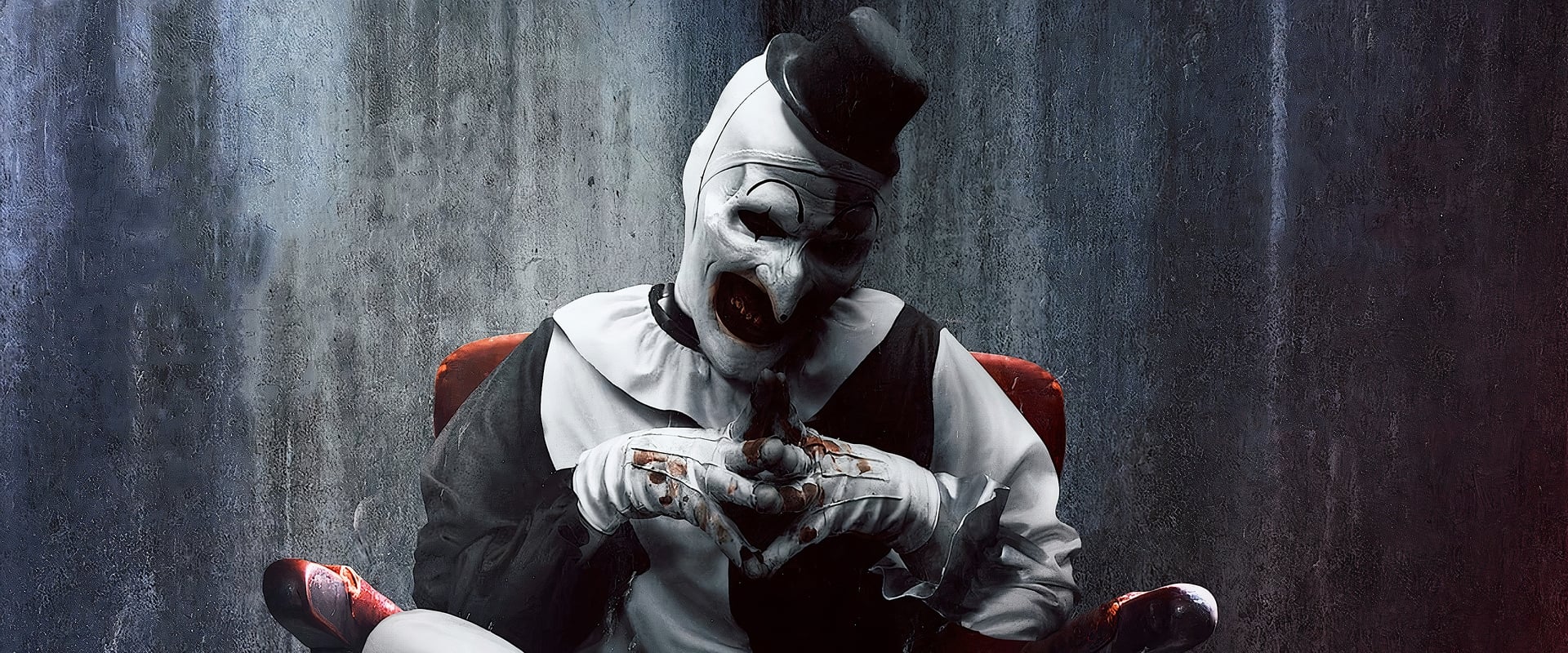The first shock of 28 Days Later, before you know a Rage virus from a droplet of Thames rain, is Cillian Murphy, shivering into sentience among the plastic flowers of a London hospital, naked as Adam and just as raw. It’s a beginning unclothed in every sense, stripping away the reassuring illusions of civilization as effectively as the virus that, we come to learn, has erased all the comforting bustle of the city. Danny Boyle has always been a kinetic filmmaker, one who moves with the pulse of the streets and the shuffle of fast-talking characters, but here, those streets are hauntingly, disturbingly empty. The effect is eerily transformative: in 2002, this was less an apocalypse than a waking dream.
Let’s parse “zombies”, a word Boyle, rather perversely, declines, while his camera sprints through every torch-lit corridor and blood-splattered stairwell. These infected are not the shambling Romero dead, chewing their own memories in a suburban crawl. They move, how they move! - with a predator’s urgency, all flailing limbs and red-rimmed eyes, faster than fear itself. In those sprints, propelled by Boylean editing that feels like a series of jump-started heartbeats and a soundtrack that gnaws, one senses real danger. The horror isn’t in the expected sense of the word (this is not the ghostly dread of flicked-off lights or sudden slasher reveals), but that gnawing tension in your ribs that says, “Run. Now.” The city may be dead, but from the first moments, the movie has life to burn.
What makes 28 Days Later rise above the biohazard detritus of its zombie kin are the questions Alex Garland’s script keeps circling, staring like an itch you can’t scratch: what will we do to survive, and what will we become? Early in the film, survival means choosing between one’s own humanity and one’s own life, sometimes in the same breath. By the time the film decelerates into its second half, the monsters stalking Jim, Selena, and their newly ad hoc family are less viral, more institutional—the infection is, as always, inside the house. Here Boyle pivots from action-scorched spectacle to a kind of moral siege play, and Christopher Eccleston’s Major West, all rigid smiles and shattered decency, presides over a vision of civilization rebuilt with the blueprints of a predator’s cave. The toll is psychological, not just physical; the camera’s digital grain feels like it’s chewing through its own celluloid, as if the film itself were infected.
The performances maintain an exquisite tension between belief and disbelief, Naomie Harris thrums with electric purpose; Brendan Gleeson locates surprising warmth amid ruins; Murphy’s Jim, for all his blankness at first, becomes a vessel for both terror and unexpected, wild hope. Their ordinary humanity is, improbably, what sustains the film even as it threatens to collapse at the seams. You find yourself caring, an anomaly for horror, a quiet victory for Boyle and Garland.
The atmosphere, all post-rave grit and pixelated hues, is the film’s truest innovation. That grainy, underfunded digital cacophony isn’t a bug but a feature, amplifying the midnight unreality of deserted landmarks and giving the film the air of a fever dream half-captured on a found phone. Sometimes that tonal roughness can wobble, the third act, lurching between gothic captivity and bloody balletic escape, nearly capsizes under its shifting weight, but the film’s control returns the instant Boyle locks you back in the ruined cityscape. And the soundtrack, propulsive, moody, slyly anthemic, does what great scores always do: makes you feel you’re not just watching the collapse, but breathing it.
If there’s a genuine revelation here, it’s in the clarity with which 28 Days Later observes that the true horror is not the monsters in the street, but the ones barricaded in country estates, drawing up survival’s price on the bodies of others. In rendering London as a haunted, sunlit mausoleum, Boyle and Garland argue that society itself, its rules, its collective decency, hangs by a filament easily broken. Yet the film stops short of nihilism: in those final, battered survivors waving a “HELLO” to the indifferent sky, it finds a battered, defiant optimism. Not hope for the world as it was, but hope for three souls who still find a reason to wave.
In lesser zombie movies, survival is just statistics and blood spray; here, it’s a fraught, moral gauntlet, undone, redone, and stitched together by real emotion. 28 Days Later is not quite scary, perhaps, but it is urgent and alive, its aftershocks still running through its genre decades later. You don’t need to love horror to be shaken by it; you just need to wonder what remains when everything else has been devoured, and whether, after all, you might still dare to wave back.


